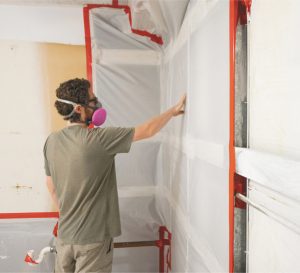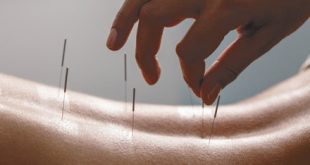By Julie S. Hurst- Nicoll, MBA, CMI, CMR – President, American Mold Experts


If you are concerned that the remediation was not complete, you should consider more testing that includes disturbed air. One of the largest mistakes I see made is a mold assessor walking into a structure, setting up the sampler, and starting the collection during their review and assessment of the property. Research shows that if you have been out of the room for 45 minutes or more, most of the air particulates we want to sample will have settled to the ground. Therefore, it is imperative that a mold assessor uses disturbed air sampling so that the sampled air is likely typical when a room is occupied and active. In other words, the air you breathe when the kids are playing, the dog is around, or family members are walking around in the home is the typical air you inhale, and thus, it is the air we should always be sampling. This can easily be accomplished in a quiet/settled room by using a small fan taken around the room, then sampling the air. Research shows disturbed air sampling is much more accurate and gives us a better picture of what occupants are exposed to during their normal living conditions.
Lastly, if you have had traditional mold remediation and it was successful in removing not only visible mold but also invisible mold, then your issues may be mycotoxins. Mycotoxins are the byproducts mold produces and, as the name implies, are poisons associated with many health conditions. We have seen homes where mold counts are normal or low, but the home was high in mycotoxins. The latest research presented at the 2023 Experience Annual Restoration Conference in Las Vegas suggests that traditional mold remediation actually INCREASES poisonous mycotoxins in the indoor environment. Two things are going on with mycotoxins: firstly, mycotoxins are 0.1 micron in size, so they are not easily removed during a traditional remediation process and ARE NOT REMOVED with air scrubbers or HEPA filtration because HEPA filtration does not remove particles as small as 0.1 micron. Secondly, in this latest research study, air scrubbers actually strip off the mycotoxin molecules from the mold spore or hyphal fragments, thus creating more measurable mycotoxins in the environment.
Mycotoxin remediation with mold remediation is rather new for most restoration companies. If you have questions, please feel free to reach out to info@americanmoldexperts.com.
Call today to schedule an assessment!
239-572-2216 or visit www.AMEswf.com
Julie S. Hurst – Nicoll,
MBA, CMI, CMR
President, American Mold Experts
Serving Central Indiana & Southwest Florida
(Other States for Mold Toxic Patients/Clients Upon Arrangement)
Mold Inspections, Testing & NON-Destructive Remediation
Clearance Testing is ALWAYS INCLUDED in Warranted Jobs (excluding States that forbid clearance by Remediation
Company, ie Florida)
A+ Accredited Better Business Bureau (BBB)
IICRC Certified Company
FL License MRSA 3097, MRSR 3248
 Southwest Florida's Health and Wellness Magazine Health and Wellness Articles
Southwest Florida's Health and Wellness Magazine Health and Wellness Articles

